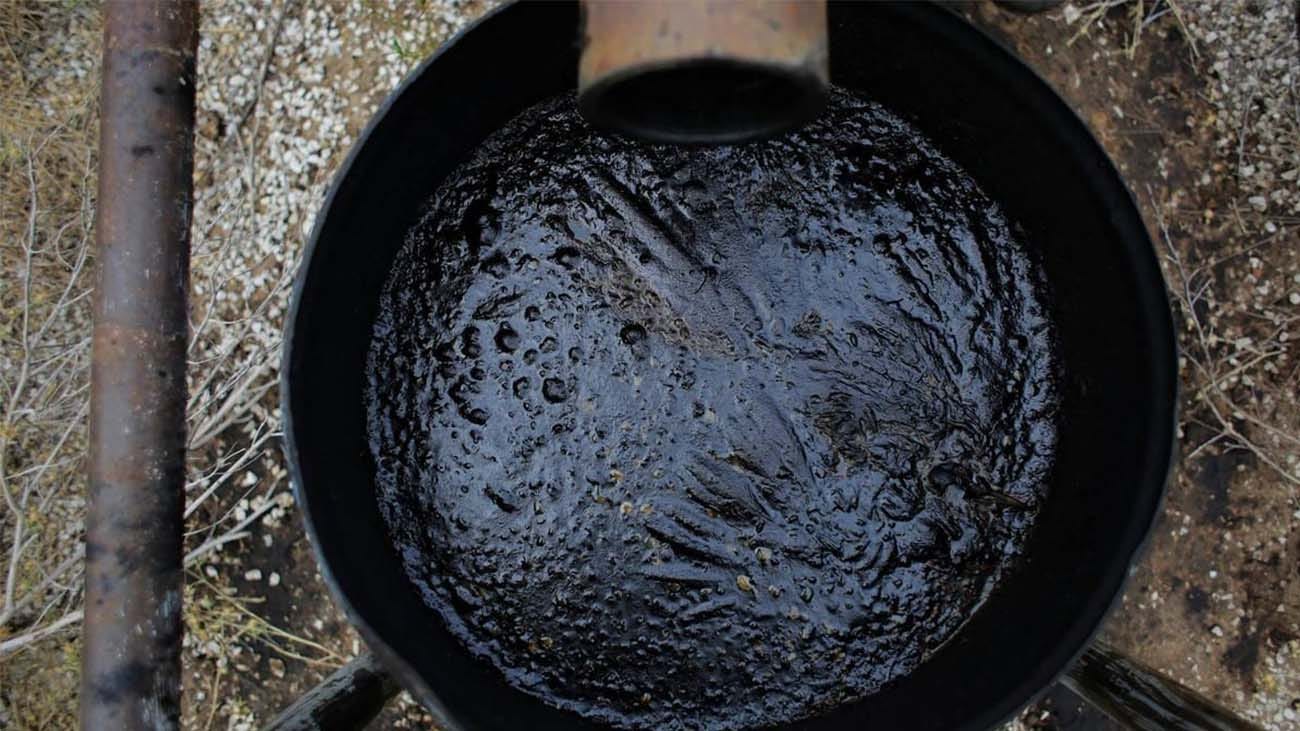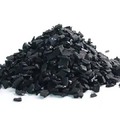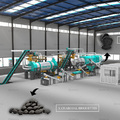Oil sludge, a byproduct of oil and gas exploration and production activities, poses significant environmental hazards due to its complex composition and potential for contamination. Understanding the environmental risks associated with oil sludge is essential for implementing effective management strategies and mitigating adverse impacts on ecosystems and human health.
Composition and Characteristics
Oil sludge is a mixture of oil, water, solid particles, and various contaminants, including heavy metals, hydrocarbons, and toxic chemicals. The composition of oil sludge can vary widely depending on the source, but typically includes residual crude oil, drilling mud, sediment, and microbial biomass. The heterogeneous nature of oil sludge makes it challenging to treat and dispose of safely, posing risks to soil, water, and air quality. At present, oil sludge pyrolysis technology is the most effective treatment method.
Soil Contamination
Oil sludge can contaminate soil through spills, leaks, and improper disposal practices, leading to long-term environmental degradation and loss of productivity. Hydrocarbons and toxic compounds present in oil sludge can persist in soil for years, inhibiting plant growth, disrupting microbial activity, and contaminating groundwater resources. Soil remediation techniques such as bioremediation, thermal desorption, and soil washing may be required to mitigate the impacts of oil sludge contamination.
Groundwater Pollution
The leaching of contaminants from oil sludge into groundwater represents a significant threat to water quality and human health. Heavy metals such as lead, mercury, and arsenic can migrate from oil sludge deposits into groundwater aquifers, posing risks of bioaccumulation and toxicity. Petroleum hydrocarbons present in oil sludge, including polycyclic aromatic hydrocarbons (PAHs) and volatile organic compounds (VOCs), can also contaminate groundwater, rendering it unsuitable for drinking and agricultural use.

Surface Water Contamination
Oil sludge can enter surface water bodies through runoff, spills, and illegal discharge, leading to pollution of rivers, lakes, and coastal areas. The release of oil sludge into surface water can harm aquatic ecosystems, affecting fish and wildlife populations and disrupting ecosystem functions. Oil slicks and sheens formed by floating oil sludge can interfere with sunlight penetration, oxygen exchange, and nutrient cycling, further exacerbating environmental impacts.
Air Pollution
The volatilization of hydrocarbons and other volatile compounds from oil sludge can contribute to air pollution, posing risks to human health and ecosystems. Evaporative emissions from oil sludge storage ponds, tanks, and landfills release VOCs, benzene, toluene, and other hazardous air pollutants into the atmosphere. Inhalation of airborne contaminants can cause respiratory problems, neurological disorders, and cancer in exposed populations, highlighting the importance of air quality monitoring and emission controls.
Greenhouse Gas Emissions
The decomposition of organic matter in oil sludge can result in the release of greenhouse gases such as methane (CH4) and carbon dioxide (CO2) into the atmosphere, contributing to global climate change. Microbial activity in anaerobic environments within oil sludge generates methane, a potent greenhouse gas with a much higher warming potential than CO2. Minimizing methane emissions from oil sludge through proper management practices and utilization of methane recovery technologies is essential for reducing its environmental impact.
Ecological Impacts
Oil sludge contamination can have profound ecological impacts on terrestrial and aquatic ecosystems, disrupting biodiversity, food chains, and ecosystem services. The toxic effects of oil sludge on plants, animals, and microorganisms can lead to population declines, species extinction, and habitat degradation. The persistence of oil sludge contamination in the environment can hinder ecosystem recovery and resilience, exacerbating the long-term ecological consequences of oil spill incidents.
Remediation Challenges
Remediating oil sludge-contaminated sites presents numerous technical, logistical, and financial challenges due to the complexity and scale of contamination. Conventional remediation techniques such as excavation, bioremediation, and soil washing may be costly, time-consuming, and disruptive to ecosystems. Innovative approaches such as phytoremediation, electrokinetic remediation, and nanotechnology-based treatments offer promising alternatives for addressing oil sludge contamination more effectively.
Regulatory Compliance
Regulatory frameworks and environmental regulations play a crucial role in managing and mitigating the environmental hazards of oil sludge. Governments and regulatory agencies establish guidelines and standards for the handling, storage, transportation, and disposal of oil sludge to minimize environmental risks and protect public health. Compliance with regulatory requirements is essential for industry operators, waste management companies, and remediation contractors involved in handling oil sludge.
Conclusion
In conclusion, oil sludge represents a significant environmental hazard due to its complex composition and potential for soil, water, air, and ecological contamination. Addressing the environmental risks associated with oil sludge requires proactive management strategies, remediation technologies, and regulatory oversight. By implementing effective pollution prevention measures, remediation techniques, and sustainable practices, we can minimize the environmental impacts of oil sludge and safeguard ecosystems for future generations.




